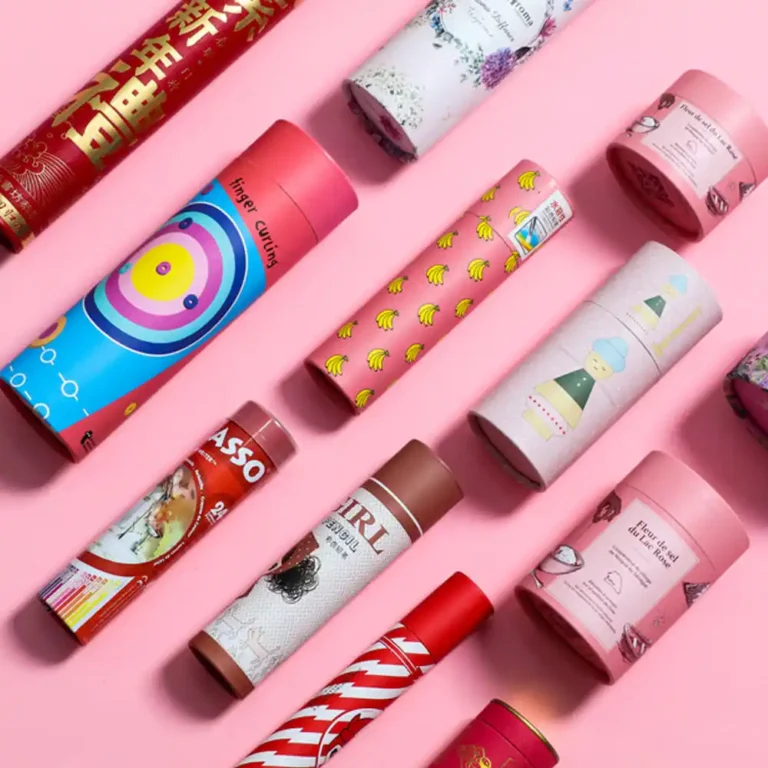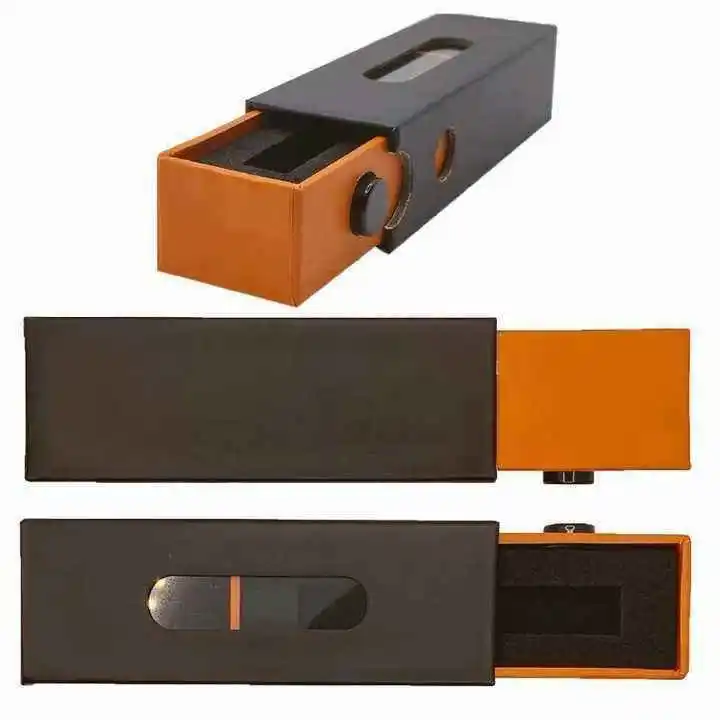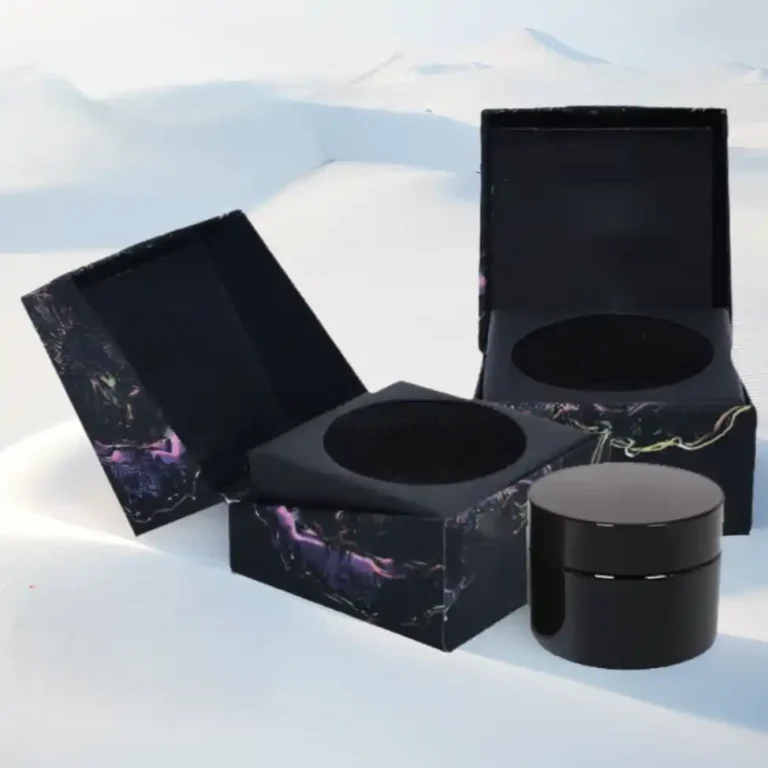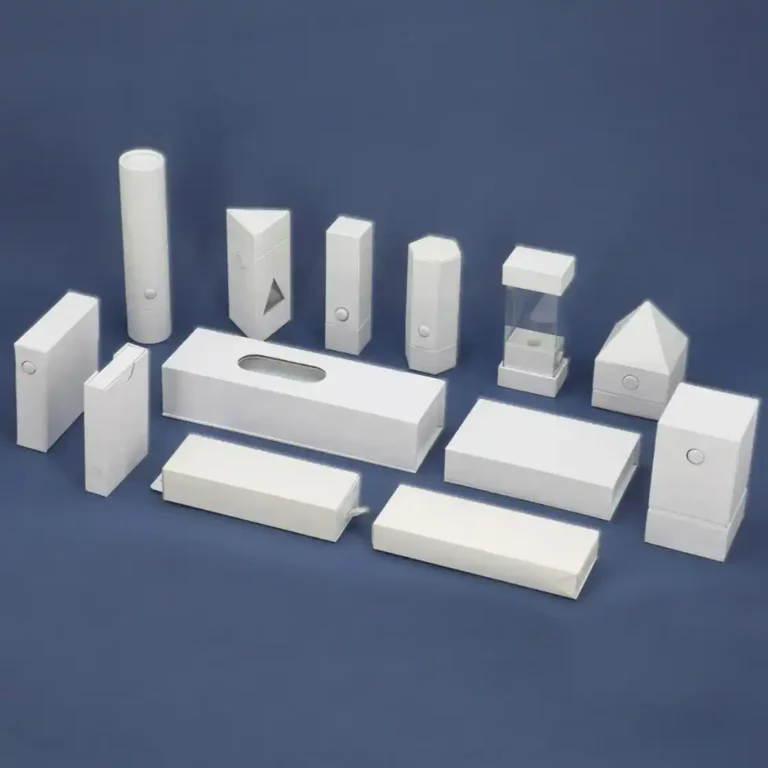Choose the Right Printing Method for Cannabis Concentrate Packaging
Your packaging is a tiny billboard and a bouncer at the door—selling your brand while keeping regulators happy. If you’re choosing how to print cannabis concentrate packaging, the options can feel… alot. Offset? Digital? Flexo? Screen? Breathe. We’ll walk through what each method does, where it shines for concentrates (live resin, rosin, shatter, badder), and how to pick with confidence—no messy cost math, no jargon-overload.
Table of Contents
What Makes Concentrate Packaging Tricky
Concentrates are sensitive to light, oxygen, and heat. Labels and cartons must handle:
- High-detail branding for tiny surfaces (think jar labels and small folding cartons).
- Durability against scuffs, oil touch, and condensation.
- Compliance areas for THC symbols, universal warnings, and variable data (batch, harvest, test).
- Substrate mix: rigid paperboard cartons, paper tubes, glass jar labels, and sometimes mylar-style pouches.
If you want real-world formats to reference, peek at concentrate packaging boxes and cannabis jar and edible packaging boxes to see common dielines and protection needs. For a broader category view, marijuana packaging and child-resistant packaging offer compliant form factors that pair well with the print methods below.

Offset Printing: Pin-sharp Color for Premium Cartons
How it works: Inked plates transfer your image via a rubber blanket onto paperboard. Why brands use it:
- Ultra-clean type & halftones for tiny legal copy and micro linework.
- Pantone precision and smooth gradients for luxury finishes.
- Wide finishing menu: emboss/deboss, soft-touch, spot UV, and foils integrate neatly.
Best for: premium paperboard cartons and sleeves where your design has tight detail or large areas of flat color. If your concentrate line lives in rigid boxes (magnet or drawer styles), offset looks more better on shelf—especially with textures. See a foil-forward example in custom cannabis concentrate packaging box with gold foil.
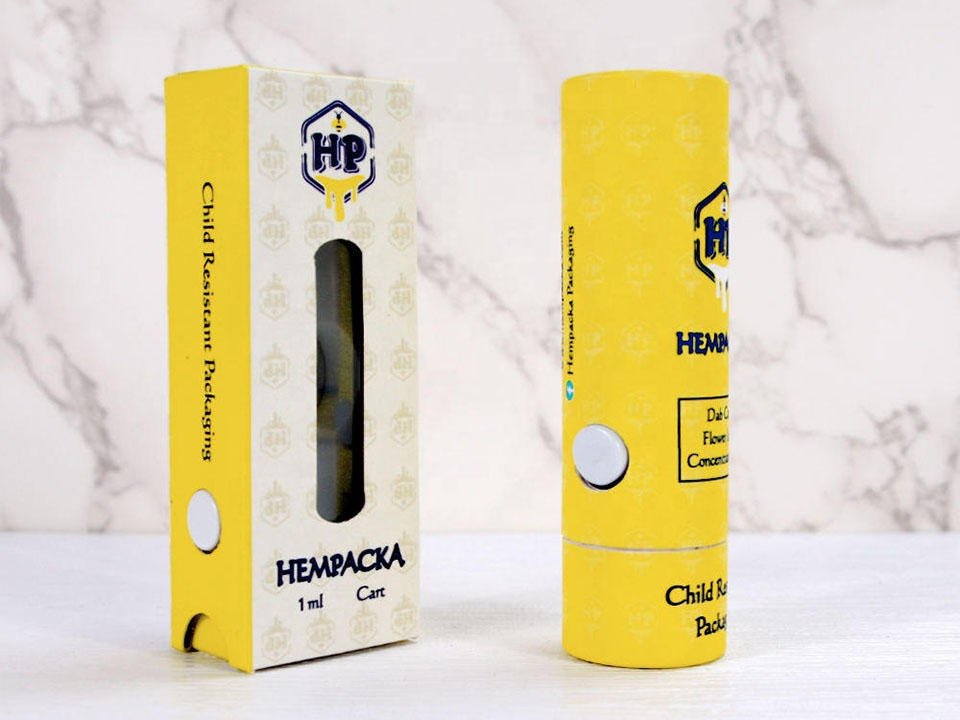
Digital Printing: Fast, Flexible, and SKU-Friendly
How it works: Your artwork is printed directly, no plates. Why brands use it:
- Rapid design changes (new strain, terp profile, collab art).
- Variable data for batch numbers or QR codes in the same run.
- Great color on short to mid runs without waiting for plates.
Best for: frequent flavor/strain rotations, pilot drops, or seasonal art on cartons and labels. It’s also kinda perfect when you’re testing a new concentrate SKU and don’t want long commitments.
Flexographic Printing: High-Speed Workhorse for Flexible Packs
How it works: Flexible plates, fast presses, often used on films. Why brands use it:
- Efficiency for continuous webs like pouch films.
- Good opacity whites on clear or metallic substrates.
- Coatings in-line for rub resistance and sheen control.
Best for: mylar-style pouches and certain label stocks where you need speed and durability. If you’re pairing pouches with rigid sets, keep your brand colors managed across flexo and offset so they match on shelf.
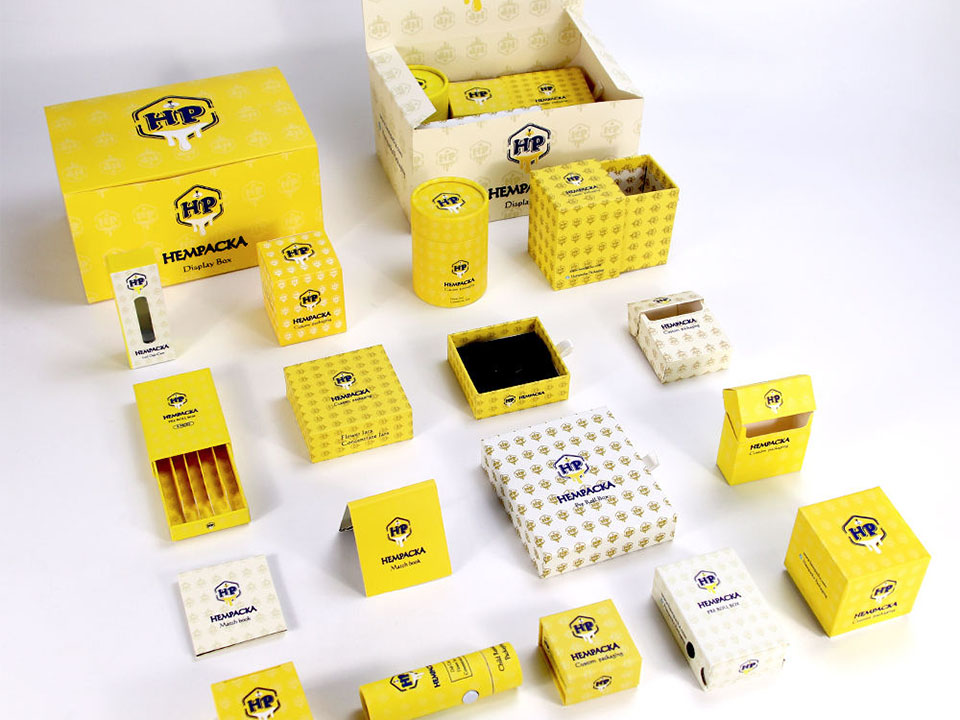
Screen Printing: Bold, Opaque, Tactile
How it works: Ink is pushed through a mesh stencil. Why brands use it:
- Super-opaque hits (white underprints, metallics, spot varnish textures).
- Tactile effects that feel premium in hand.
Best for: jar labels needing dense whites or raised effects, and accent layers on specialty boxes. When you want that “touch it” moment, screen is your friend—even if it’s a little slower, that’s normaly.
Foils, UVs, and Special Effects
- Hot foil vs. cold foil: Hot foil gives crisp edges and rich metallics; cold foil can run faster inline with offset or flexo.
- Soft-touch & matte coatings: Great for a luxe vibe, but plan for anti-scuff topcoats if your product ships in trays.
- Spot UV & raised UV: Pops logos and strain names without switching substrates. For tube-based kits, explore paper tube packaging or child-resistant vape cartridge tubes with custom printing—embellishments can be tuned to the method.
Ink & Material Choices for Compliance and Performance
- Low-migration inks/coatings on primary packaging and labels.
- UV-cured systems add chemical and rub resistance.
- Color management with Pantone targets across methods—so your rosin line looks consistent whether it’s a short digital run or big offset push.
- Sustainability: water-based coatings and mono-material builds help recyclability; avoid unnecessary laminates when soft-touch varnish achieves the same feel.
A Simple Decision Guide
- You change art often or run many strains? Go Digital.
- You need museum-grade print and finishing on rigid boxes? Go Offset.
- You’re running film pouches at scale? Go Flexo.
- You want ultra-opaque accents or raised textures? Add Screen layers.
- Tight timelines? Digital or stocked dielines with offset can both hit speed; talk lead times early.
- CR formats & warnings? Start from child-resistant packaging families to reduce artwork rework.
Pre-Press Checklist for Concentrate Packaging
- Final dieline with bleed, glue flaps, and knockouts for strain labels.
- Quiet zones for THC symbols and warnings (by state).
- Color proofing across print methods; lock Pantone bridges.
- Barcode & QR tested on curved surfaces (jars roll!).
- Version control on artwork and legal copy; no zombie files.
- Scratch & rub tests with the actual coating stack. If you need production-ready dielines or artwork help, see printing services or browse ready shapes in concentrate packaging boxes.
Real-World Formats to Consider
- Rigid drawer or magnetic cartons for premium live rosin—pair with offset + foil.
- Paper tubes for dab tools or minis—digital for quick art swaps. Check child-resistant vape cartridge tubes with custom printing.
- Jar + label systems—screened opaque whites and variable data.
- Kits & sets that bundle hardware and concentrates—start with compliant marijuana packaging frameworks and adjust finishes.
FAQs
Which method gives the best tiny text for warnings? Offset, thanks to plate-based precision; digital is close and keeps improving every quarter. Can I mix methods across SKUs? Yes—many brands run flagship cartons in offset and smaller seasonal drops in digital. Keep color targets synced. What about emboss, deboss, and foils? They layer beautifully on offset cartons and can be combined with screen for tactile hits. Where do I start if I’m new to this? Review ready form factors and talk specifics—Zhibang Packaging can run offset, digital, and more, so you’re not locked in. You can also browse concentrate packaging boxes and broader child-resistant packaging to align with your compliance plan.
Next Steps
- Shortlist two print paths (e.g., Offset for hero SKUs + Digital for trials).
- Pull dielines and check artwork against the checklist.
- Request substrate and coating samples to test scuff and adhesion.
- Align your packaging roadmap with launch cadence; you’ll move faster and waste less. When you’re ready, explore concentrate packaging boxes, marijuana packaging, and printing services to match method, substrate, and finish—printing how you need it, when you need it.







